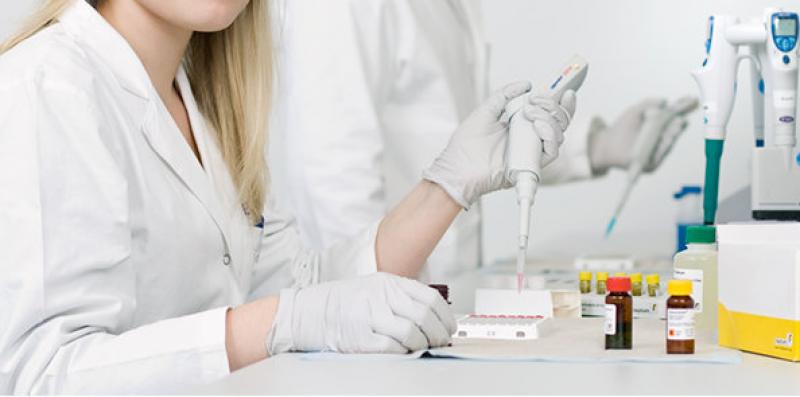Introduction
In the ever-evolving world of medicine, clinical diagnostics play a crucial role in identifying and understanding various health conditions. These diagnostic procedures serve as the foundation for effective and personalized patient care. From the humble stethoscope to advanced imaging technologies and genetic testing, the field of clinical diagnostics has come a long way in providing accurate and timely assessments of illnesses. In this blog, we will delve into the art and science of clinical diagnostics, exploring its significance, methods, and impact on modern healthcare.
Understanding Clinical Diagnostics
Clinical diagnostics is the process of determining the presence or absence of a medical condition in a patient. It involves a comprehensive evaluation of signs, symptoms, medical history, and laboratory or imaging tests to arrive at a definitive diagnosis. The primary goal of clinical diagnostics is to identify the underlying cause of a patient's ailment, enabling healthcare professionals to formulate appropriate treatment plans.
Key Methods in Clinical Diagnostics
-
Medical History and Physical Examination: The first step in clinical diagnostics involves gathering a patient's medical history and conducting a thorough physical examination. This provides valuable insights into potential risk factors and symptoms, aiding in narrowing down possible diagnoses.
-
Laboratory Tests: Blood, urine, and other bodily fluid analyses are essential components of clinical diagnostics. These tests can reveal valuable information about organ function, nutrient levels, blood cell counts, and the presence of infectious agents.
-
Imaging Techniques: Advanced imaging technologies, such as X-rays, computed tomography (CT) scans, magnetic resonance imaging (MRI), and ultrasounds, offer detailed visualizations of internal body structures. They help in detecting tumors, fractures, inflammation, and other abnormalities.
-
Molecular Diagnostics: This cutting-edge approach involves analyzing DNA, RNA, and proteins to diagnose genetic disorders, infectious diseases, and certain cancers. Polymerase chain reaction (PCR) and next-generation sequencing (NGS) are common techniques used in molecular diagnostics.
-
Biopsies: In cases where imaging and laboratory tests are inconclusive, a biopsy may be performed. It involves removing a small tissue sample for examination under a microscope to identify abnormalities and make a definitive diagnosis.
The Role of Technology in Advancing Diagnostics
Technological advancements have revolutionized clinical diagnostics, improving accuracy, speed, and accessibility. Automation and artificial intelligence (AI) have streamlined laboratory processes, reducing human errors and enhancing efficiency. AI algorithms are increasingly being used to analyze medical images and detect subtle abnormalities, aiding in early diagnosis and better patient outcomes.
The Impact on Healthcare
Accurate and timely clinical diagnostics are pivotal in influencing medical decisions and patient outcomes. An early and precise diagnosis can lead to timely interventions, potentially preventing disease progression and complications. Moreover, it enables healthcare professionals to tailor treatment plans to individual patients, optimizing therapeutic efficacy.
The field of clinical diagnostics also plays a significant role in disease surveillance, outbreak management, and public health planning. Identifying infectious agents quickly helps authorities take appropriate measures to contain outbreaks and protect public health.
Challenges and Future Directions
Despite the remarkable progress, clinical diagnostics still face challenges. Some conditions remain difficult to diagnose, and false positives or false negatives can occur. Researchers are continually working to improve diagnostic accuracy and develop innovative tools for early detection and disease monitoring.
The future of clinical diagnostics is promising, with ongoing research in areas such as liquid biopsies, wearable health monitoring devices, and point-of-care testing. These advancements will likely lead to more personalized and efficient diagnostic approaches.
Conclusion
Clinical diagnostics form the backbone of modern healthcare, enabling healthcare professionals to unravel the mysteries of illnesses and provide targeted treatments. With advancements in technology and research, the field is poised to make further breakthroughs, transforming the way we diagnose and manage diseases. As we embrace these innovations, it is essential to maintain a patient-centered approach, ensuring that the art and science of clinical diagnostics work harmoniously to improve the lives of individuals worldwide.
